Top speed 352 km/h Length 10 m | Wingspan 15 m Introduced 1933 Designer Jack Northrop | |
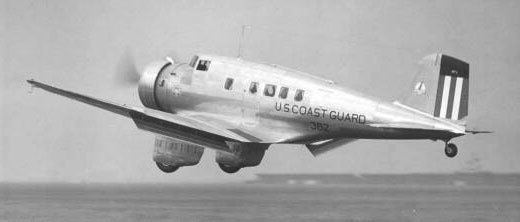 | ||
Northrop delta
The Northrop Delta was an American single-engined passenger transport aircraft of the 1930s. Closely related to Northrop's Gamma mail plane, 13 were produced by the Northrop Corporation, followed by 19 aircraft built under license by Canadian Vickers Limited.
Contents
- Northrop delta
- Northrop delta saito fg90r3 ringd mpfer von gerhard hielscher
- Development and design
- Operational history
- Variants
- Military Operators
- Civil Operators
- Specifications Delta 1D 5
- References
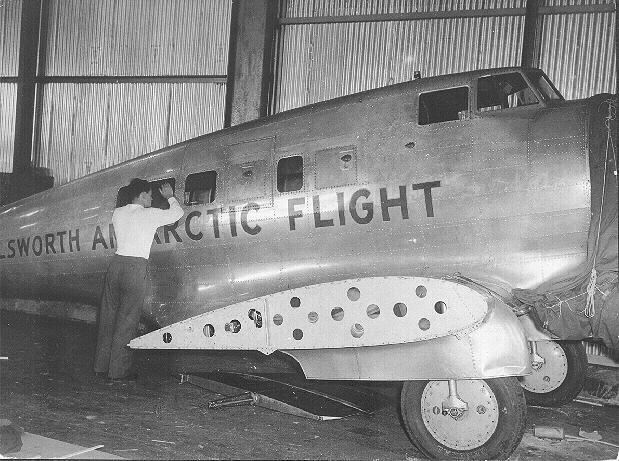
Northrop delta saito fg90r3 ringd mpfer von gerhard hielscher
Development and design
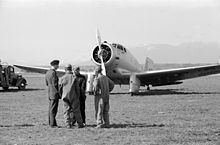
When Jack Northrop set up the Northrop Corporation as a joint venture with the Douglas Aircraft Company in 1932, he set out to design two closely related single-engined aircraft as the new company's first products: a mailplane/record-breaking aircraft, which was designated the Gamma, and a passenger transport, the Delta. The Delta was a low-winged monoplane, with a fixed tailwheel undercarriage. It was of all-metal, stressed-skin construction, with streamlining spats covering the main landing gear. While the Delta's wings were common with those of the Gamma, it had a new, wider fuselage, which seated the pilot in an enclosed cockpit immediately behind the engine, and had accommodation for eight passengers in a cabin behind the pilot.
The first Delta was flown in May 1933, and received an airworthiness certificate in August that year.
Operational history

Although it was intended that the Delta would be sold in both airliner and executive transport (initially named "Victoria") versions, a change to the regulations governing commercial air transport in the United States in October 1934, prohibiting the use of single-engined aircraft to carry passengers at night or over rough terrain which would prevent a forced landing, stopped the market for single-engined airliners in the United States, and only three aircraft, all ordered before the passing of this regulation, were built as airliners. These consisted of the prototype, leased to Trans World Airlines for use to carry airmail, which crashed on 10 November 1933, one sold to Pan-Am for use by its Mexican subsidiary, destroyed by a fire in May 1934 and one sold to AB Aerotransport of Sweden, delivered in April 1934. AB Aerotransport purchased a second Delta, but this was a dedicated mailplane which more closely resembled the Gamma, with a slim fuselage carrying its cargo in a compartment ahead of the cockpit.
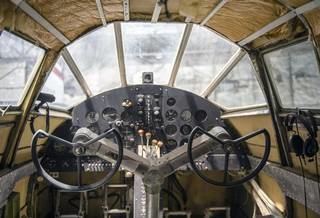
A single aircraft was built for the United States Coast Guard. Designated the Northrop RT-1, this was used as the personal transport of Henry Morgenthau, Jr., the Secretary of the Treasury and as a staff transport. Seven more aircraft were built as executive transports for private owners. Of these, three were purchased by the Spanish Republicans for use in the Spanish Civil War. Two of these aircraft were captured by the Nationalists when the ship carrying them (along with four Vultee V-1s, a Fairchild 91 and a Lockheed Electra) was captured at sea. These two Deltas were used as Transports by Franco's forces, while the third Delta was used by the Republican airline Lineas Aéreas Postales Españolas (LAPE) until the end of the civil war when it was handed over to Franco's air force.
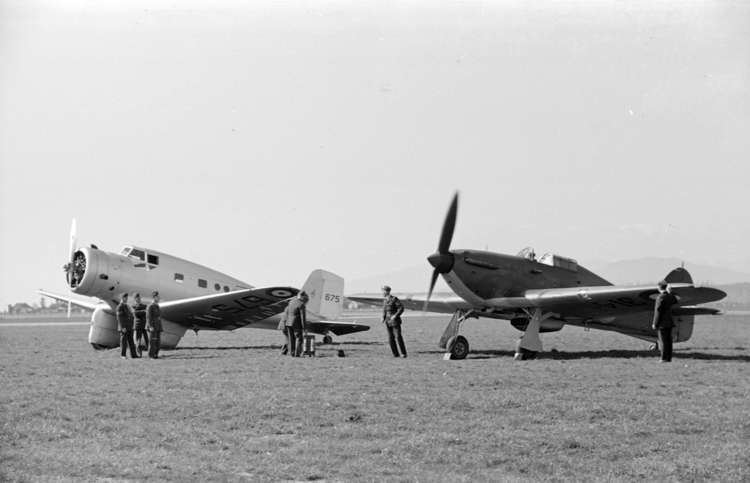
In 1935, Canada selected the Delta for use as a photographic survey aircraft for use by the Royal Canadian Air Force (RCAF), to be built by Canadian Vickers under license. One aircraft, the last Delta built by Northrop, was supplied as a part assembled pattern to Canadian Vickers, first flying on 16 August 1936 and being delivered to the RCAF on 1 September that year. It was followed by a further 19 aircraft built wholly by Canadian Vickers, production continuing until October 1940. The Northrop Delta was the first all-metal, stressed-skin aircraft built in Canada.

The Deltas, which were capable of being operated from wheeled, ski or float undercarriages, proved capable survey aircraft, well suited to operations in the North of Canada, but in August 1939, when the outbreak of the Second World War loomed, Canada found itself short of coastal patrol aircraft, and the Deltas were diverted to this role, being fitted with floats and carrying out long anti-submarine missions. The Deltas were less successful as patrol floatplanes, as they were damaged by ocean swell and by salt water corrosion, and they were forced to revert to landplane use after two months. The Delta was withdrawn from operations in late 1941, then being used as instructional airframes in training schools.
Variants
Military Operators
Civil Operators
Specifications (Delta 1D-5)
Data from McDonnell Douglas Aircraft since 1920
General characteristics
Performance
